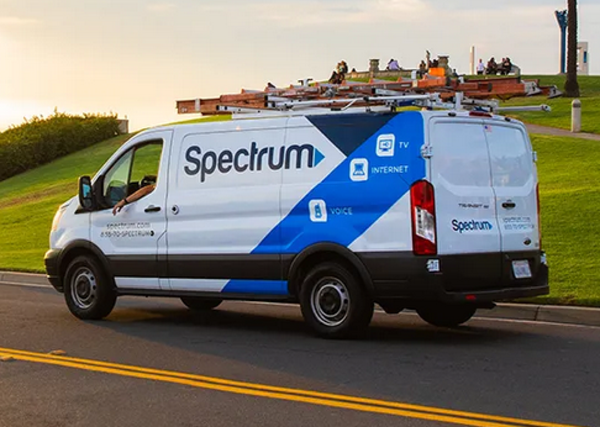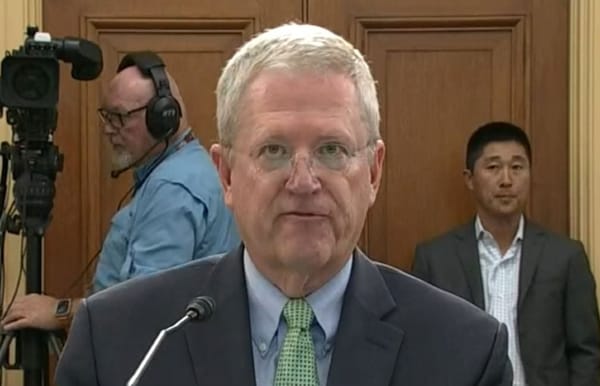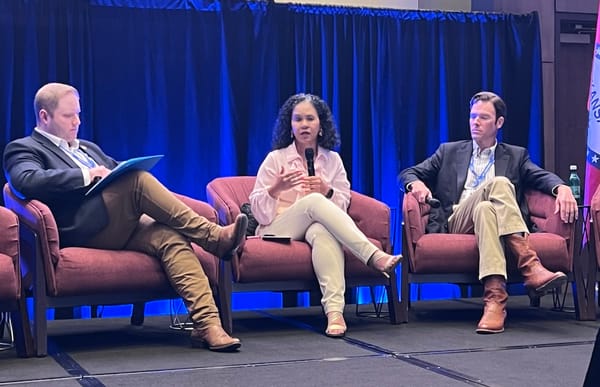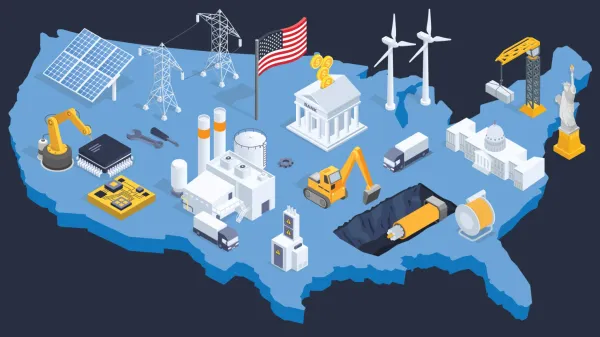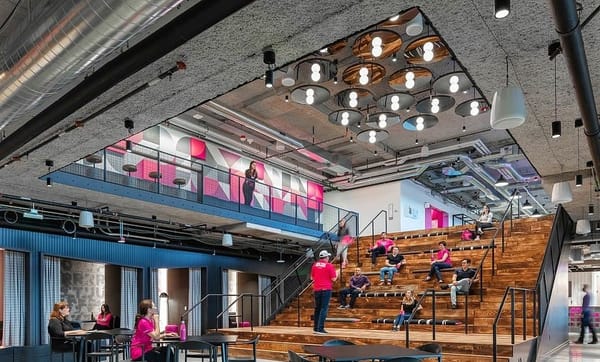NTIA Broadband Programs Announce Grants to Tackle Last-Mile Infrastructure
Recent policy talks have pushed for more focus on middle-mile with future funding from infrastructure bill money.
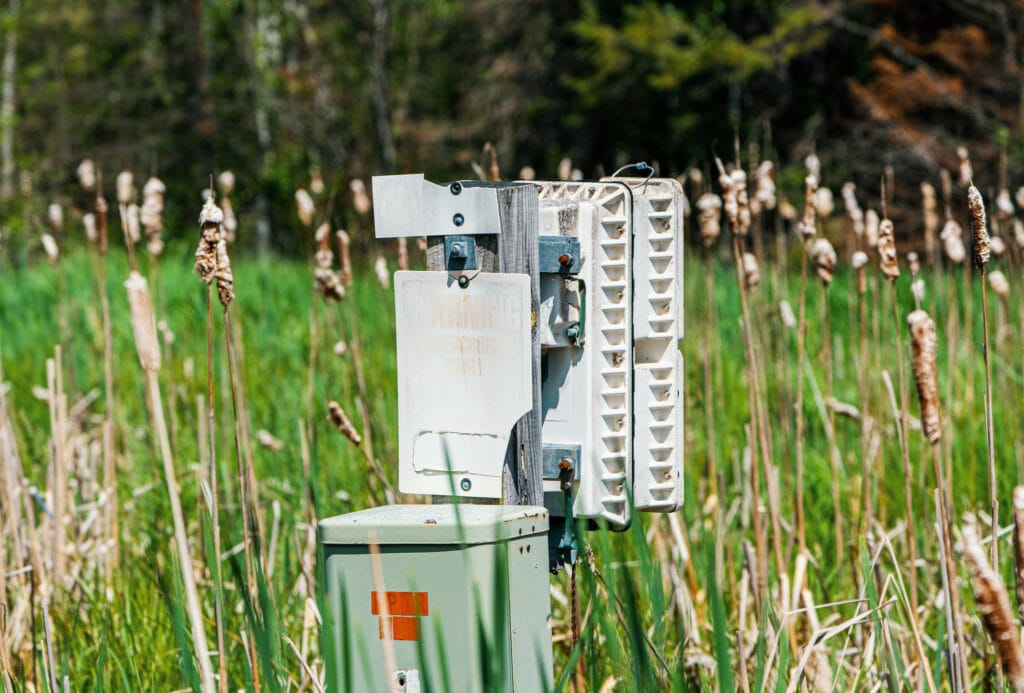
WASHINGTON, March 3, 2022 – The Broadband Infrastructure Program of the National Telecommunications and Information Administration announced this past week more than $277 million across over 13 projects primarily targeting last-mile infrastructure expected to connect 133,000 unserved households across 12 states and one U.S. territory.
The commerce agency’s Tribal Broadband Connectivity Program also announced Wednesday a commitment of $1 million to projects focused on connectivity in tribal regions, including the Pinoleville Pomo Nation in California and the Ketchikan Indian Community in Alaska. That program has now disbursed $4.8 million for 10 grants.
The larger funding amount will go to projects in Georgia, Guam, Kentucky, Louisiana, Maine, Mississippi, Missouri, Nevada, North Carolina, Pennsylvania, Texas, Washington, and West Virginia. In a separate release, Consolidated Communications announced its projects in Maine would receive $18.3 million from the agency’s programs.
As the NTIA’s programs have continued to approve grants on a rolling basis, policy discussions such as the agency’s infrastructure bill listening sessions have focused on advocacy for middle-mile funding.
The recently announced projects largely focus on fiber access and additionally target some anchor institutions to increase connectivity, with some middle-mile or transport funding.


